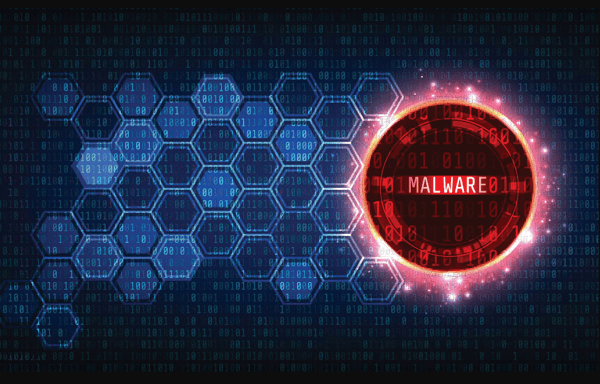Definition
We start our guide by defining malware. In a nutshell, this term is a short form of malicious software. Thus, the term covers all forms of destructive apps hackers develop to fulfill their malicious agenda. Malware comes in the forms of viruses, spyware, or adware. Moreover, it can access all types of mobile and desktop devices. Different malware forms manifest differently. Therefore, it’s essential to know how to detect their invasion.
Detecting Malware on Desktops
So, how can you be sure that malware has invaded your computer or other devices? Here are key signs to look for before seeking a remedy for them.
You Start Seeing Strange Error Messages
First, you start seeing strange error notifications telling you that your apps will not operate or your folders may not open. You also receive messages informing you that you have lost access to some of your PC’s drives. You may also notice some of your core hardware like USBs or printers failing to respond to commands.
Ads Start Popping up on Your Screen
Malware may also manifest itself as pop-ups while surfing the Net. Some malware can claim that malware has invaded your device, and you must download a particular app to eliminate it. These notifications are tricks to deceive you into downloading dangerous software that could destroy your device. So, always ignore them because they already symptomize an infection.
Your Antivirus and Firewalls are Suddenly Deactivated
You should suspect malware if you notice that your firewalls and antivirus programs have suddenly been deactivated without your permission. Thus, check out your defense systems regularly to ensure they are working.
Your PC Loses Stability
Has your computer suddenly become unstable? If it has, it’s most likely that malware is lurking in it. The reason is that most malware forms mess your critical files, making your machine run defectively. Thus, it’s reasonable to suspect malware if you see your PC crashing when you attempt running a given app or opening a particular file.
Your PC Runs Abnormally Slow
Lastly, you have every reasonable ground to suspect malware infestation if you notice your computer running abnormally slowly. When various malware forms attack your computer, they perform background tasks that consume your machine’s resources. Consequently, the toll they take on your resources slows down your computer, especially when you aren’t running heavy apps that consume many resources.
Removing Malware from Desktops
So, how do you remove malware from your computer? Here are the simple steps you should take to eliminate it.
Activate the Safe Mode
Your removal starts by sending your machine into this mode. You enter this mode when you press the Shift key, restart it, and then click on the restart button. Ensure that your PC is offline while in this mode. From there, you can choose “troubleshoot” before removing the malware.
Delete Temporary Files
Use the Disk Cleanup tool to delete any such files. This tool is in the Windows Admin Tools that are located on the Start menu. You access it by scrolling down. While there, you proceed by scrolling the “Files to delete” list, selecting Temporary Files, and clicking Okay. You ease your virus detection process when you delete them. Temp files’ removal enables you to scan your machine faster. Moreover, it could even eliminate the malware if you scheduled its installation to begin with the device’s boot-up.
Download a Malware Scanner
Afterward, you must download a suitable malware scanner. We recommend choosing between scanners that identify and eliminate malware in real-time and those on demand. The former works silently behind the scenes while the second latter requires you to run it when you detect a threat. Thus, you should activate the scanners manually.
Running a Malware Scan
Use the two types of scanners discussed above to eliminate the malware. This way, you boost your success chances because it’s like killing one bird with two stones. You can opt for the manual option if you have some levels of IT experience. Otherwise, use the automatic one or consult an expert.
Tips for Protecting Yourself against Malware
Below we have listed quick tips to protect your machines against malware.
Utilize updated software.Never click on suspicious email attachments and links.Back up your PCs.Utilize strong passwords.Utilize firewalls.Minimize dubious downloads.Optimize pop-up blockers.
The facts are out and clear. It’s up to you to utilize these insights to enhance your malware protection.
